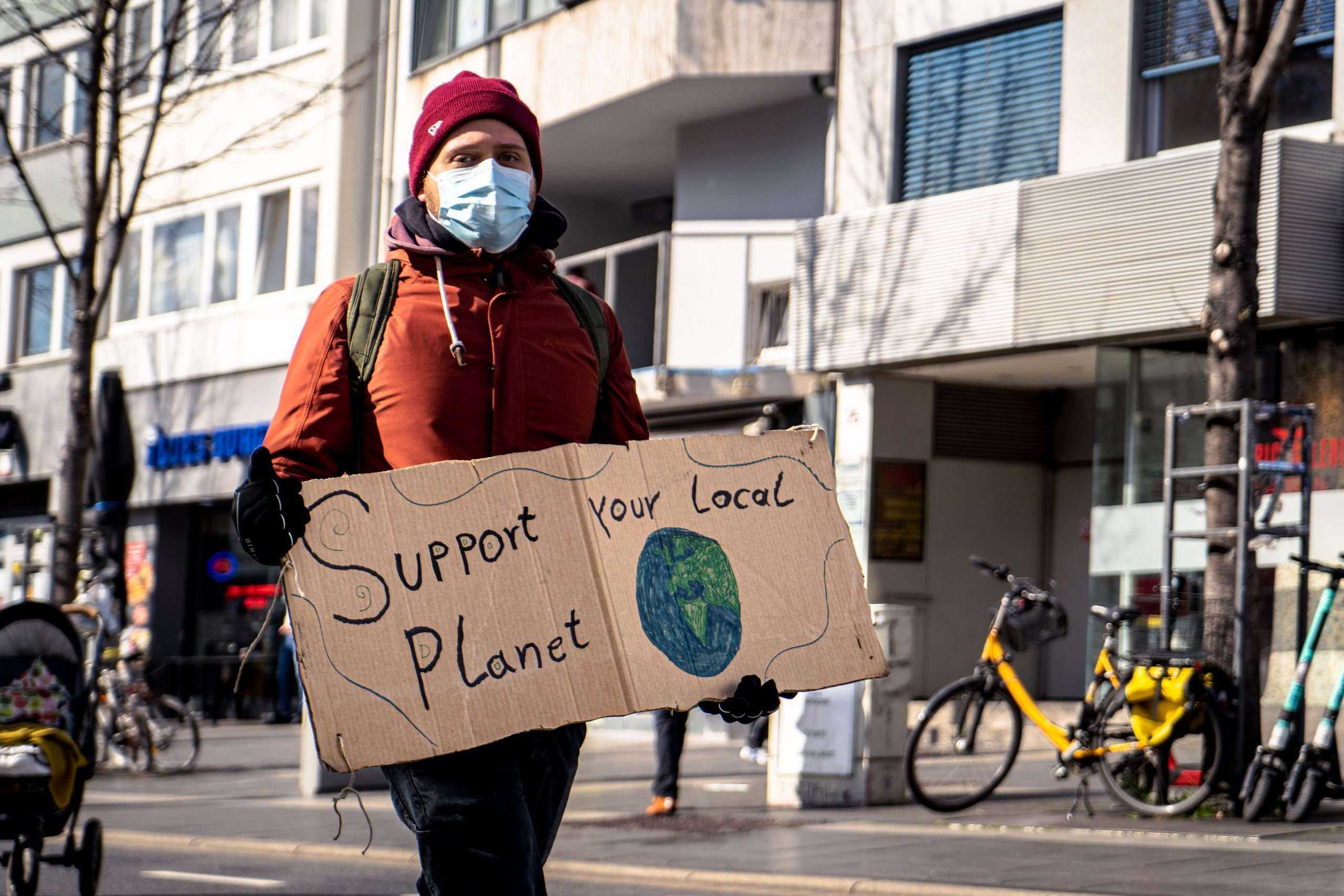BY KAHA G. – 15 YEARS OLD
Several days ago, my friends and I were assigned a debate. Our topic was that all businesses should be eco-friendly, and our standpoint was that they should not. In this article, I will give you a structured outline of our debate.
Our opening statement was that there has been an increasing demand for sustainability in businesses, however implementing strict guidelines on critical sectors like housing or food production will lead to dilemmas.
Recently, there’s been a Greenbelt scandal where the housing industries planned to construct new homes on land that the previous government deemed preserved for greenspace. What was the issue you ask? Well, our current government approved of this, leading to a debacle that resulted in some people being forced to step down.
According to CBC, “The government said opening the land up for housing will lead to the construction of 50,000 new homes — part of their plan to build 1.5 million homes over the next decade to alleviate Ontario’s severe housing shortage.” Due to their lack of commitment, they are facing heavy backlash from the public, especially Indigenous communities.
Promoting sustainability requires a balanced approach. Encouraging eco-friendly practices in key sectors is important, but strict regulations may not be practical or feasible for all businesses.
Our second statement consisted of a variety of arguments. Such as how businesses and customers would both lose money on disgusting, low-quality eco-friendly products, if all businesses were going to be eco-friendly, small business owners could go broke and possibly lose their homes due to bankruptcy. Additionally, customers will also be at risk of not having enough money to purchase eco-friendly products as they are unaffordable such as electric cars. She also stated how eco-friendly products may not be as functional, leading with the example of paper straws and how they always dissolve in our drinks. Sarcastically adding how the opposing side “Sure loves the taste of the dead trees, and that If [they] want to be eco-friendly, businesses should bring back reusable plastic straws.”
Last but not least, our final argument. Going eco-friendly for some industries can be impractical. For example, certain medical and industrial processes rely on materials and methods that are inherently less environmentally friendly, but critical for public health and safety.
Recent research has revealed that anticancer medications and byproducts in wastewater hurt the reproduction and survival of many freshwater creatures. Cytostatic medicines (a type of pharmaceutical widely used to treat cancer) have proven extremely effective, yet they are harmful to the environment. So, depriving cancer patients of potential treatments is inhumane just for the sake of being “eco-friendly.”
Staying on topic concerning the medical field, research also found that metered-dose inhalers have a high carbon footprint, amounting to 500g of greenhouse gas emissions for every dose. According to the UK National Institute for Health and Care Excellence, one hundred doses (the normal amount contained in a canister) of a metered-dose inhaler has the same carbon footprint as a 180-mile automobile trip.
If you’re curious who won, it was my side, obviously. In all seriousness, where do you stand when it comes to businesses being eco-friendly?

